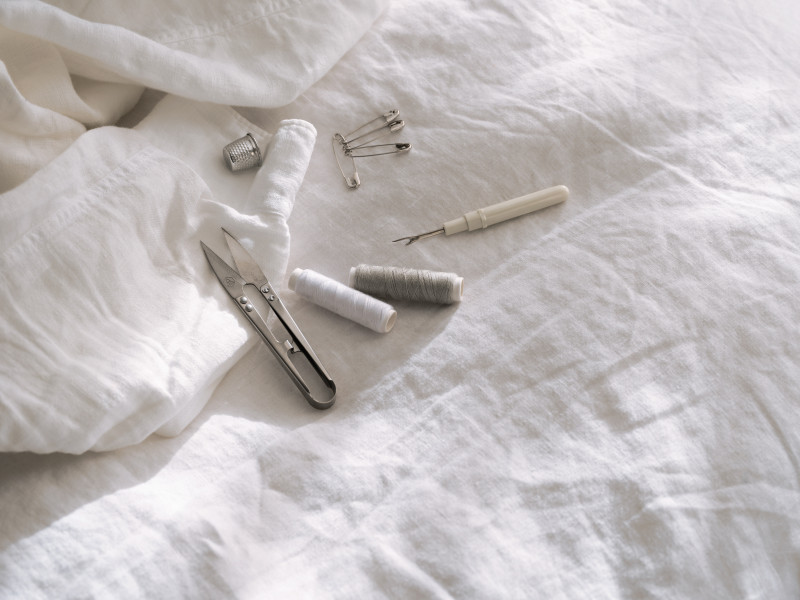Common materials used in wedding dresses and suits
Silk
Silk is a natural protein fiber that is produced by silkworms. Known for its luster, shine, strength, and durability, it has a long trading history across the world.
Care advice for silk garments
Satin
Satin is not a specific type of fabric but refers to the weave. Satin can therefore consist of different fibers. Originally, satin was made using only silk, but modern satin can also be made from polyester and rayon.
Tulle
Tulle is a thin, lightweight netted fabric and can be made of various fibers, like nylon, silk, but most commonly polyester.
Wool
Wool is a natural protein fiber that is obtained from the undercoats of sheep or goats. Wool is naturally antibacterial and odor-resistant and can be washed very infrequently.
Care advice for wool garments
Cotton
Cotton is made from the fluffy fibers of the cotton plant. Cotton garments are much more durable and forgiving than materials like silk or wool. Due to the fiber structure, cotton can endure a lot of machine washing, tumble drying, and ironing.
